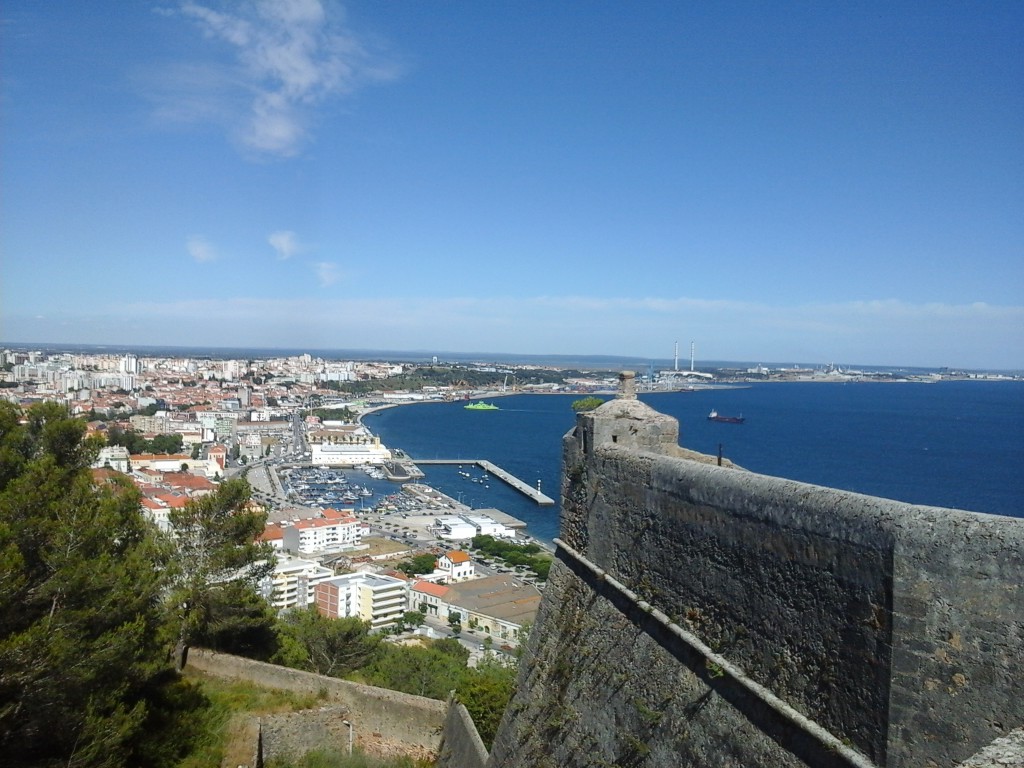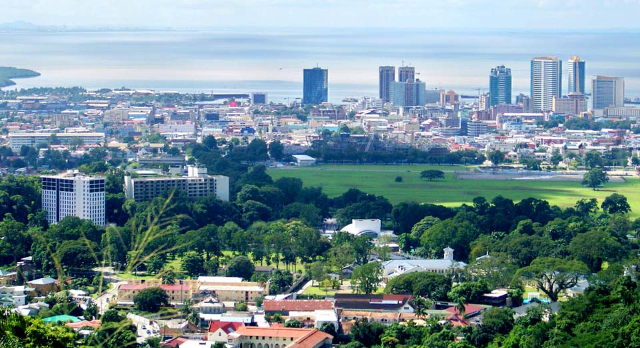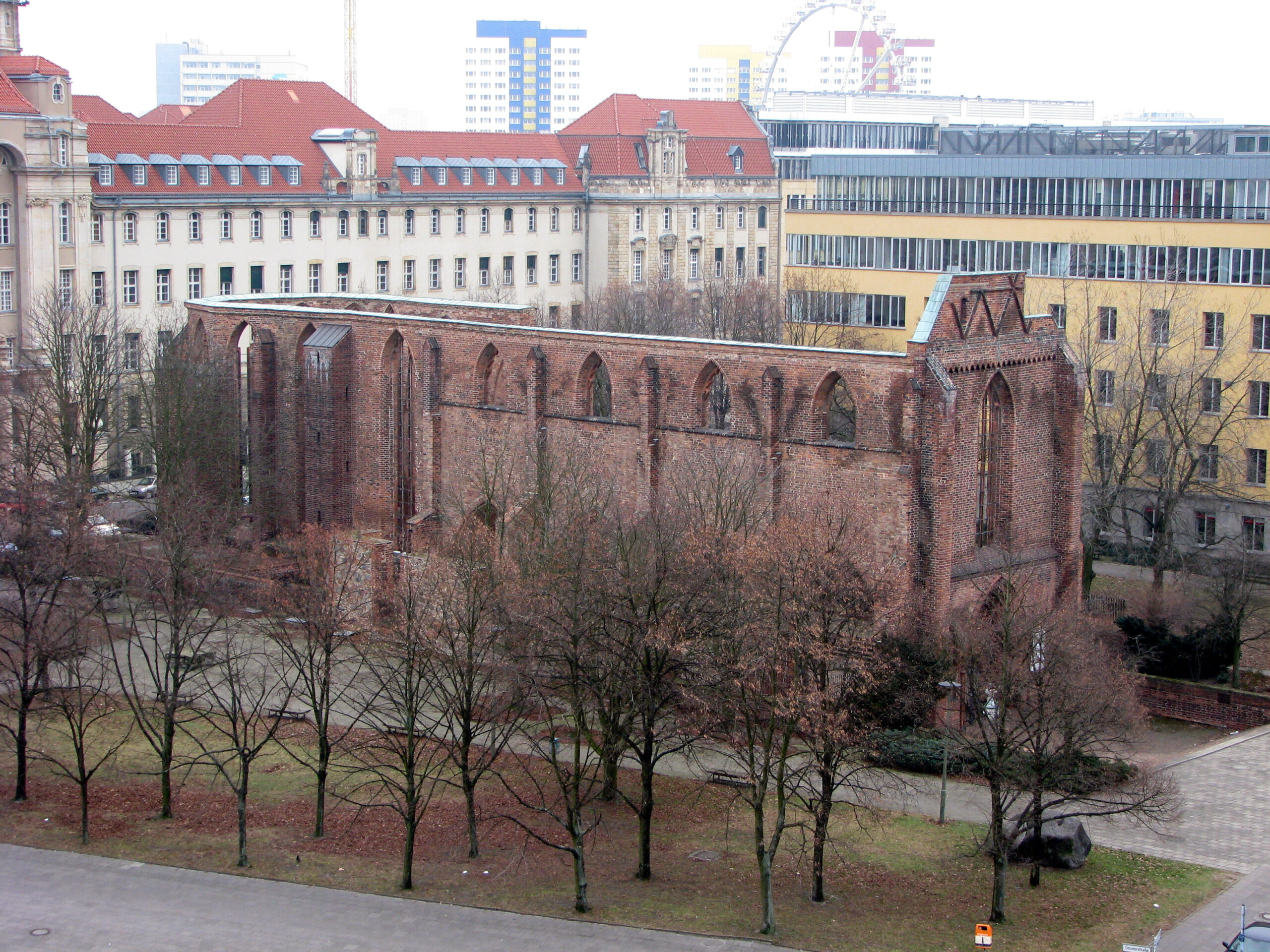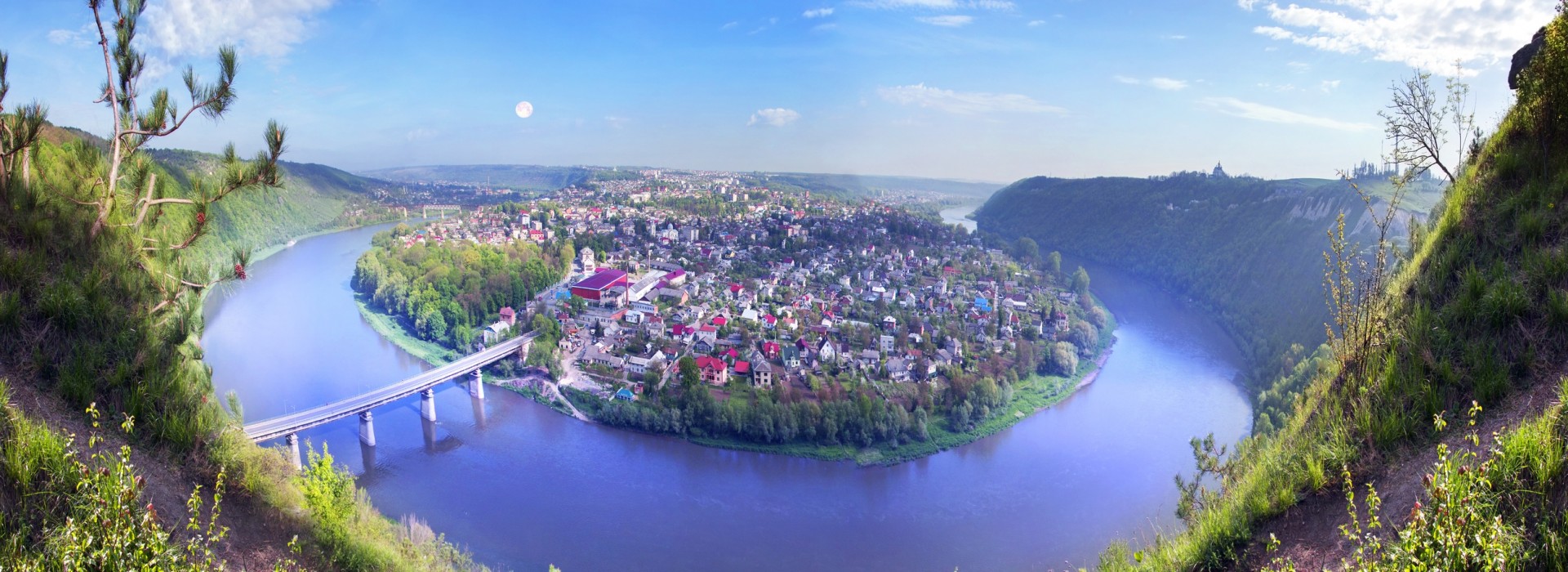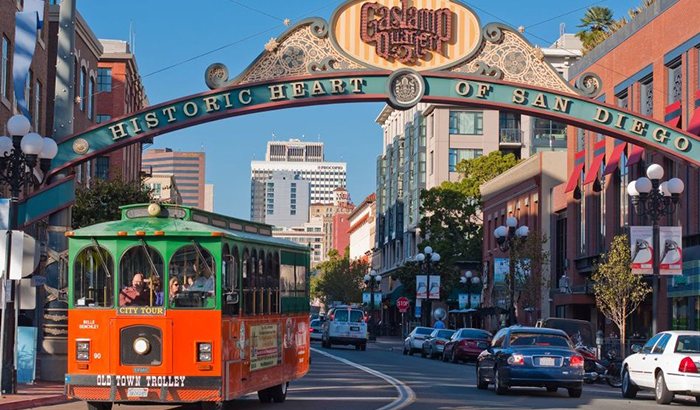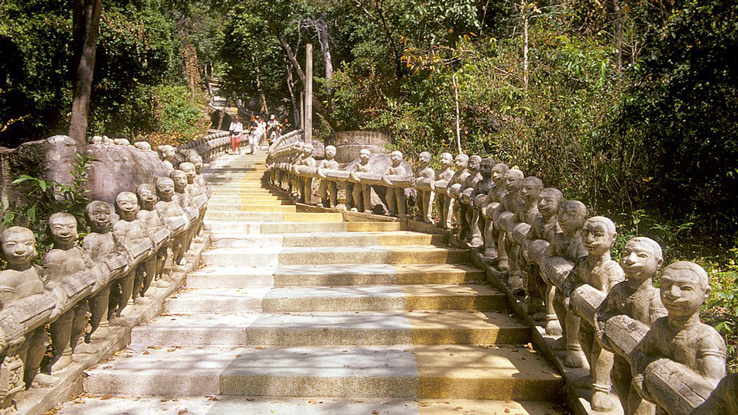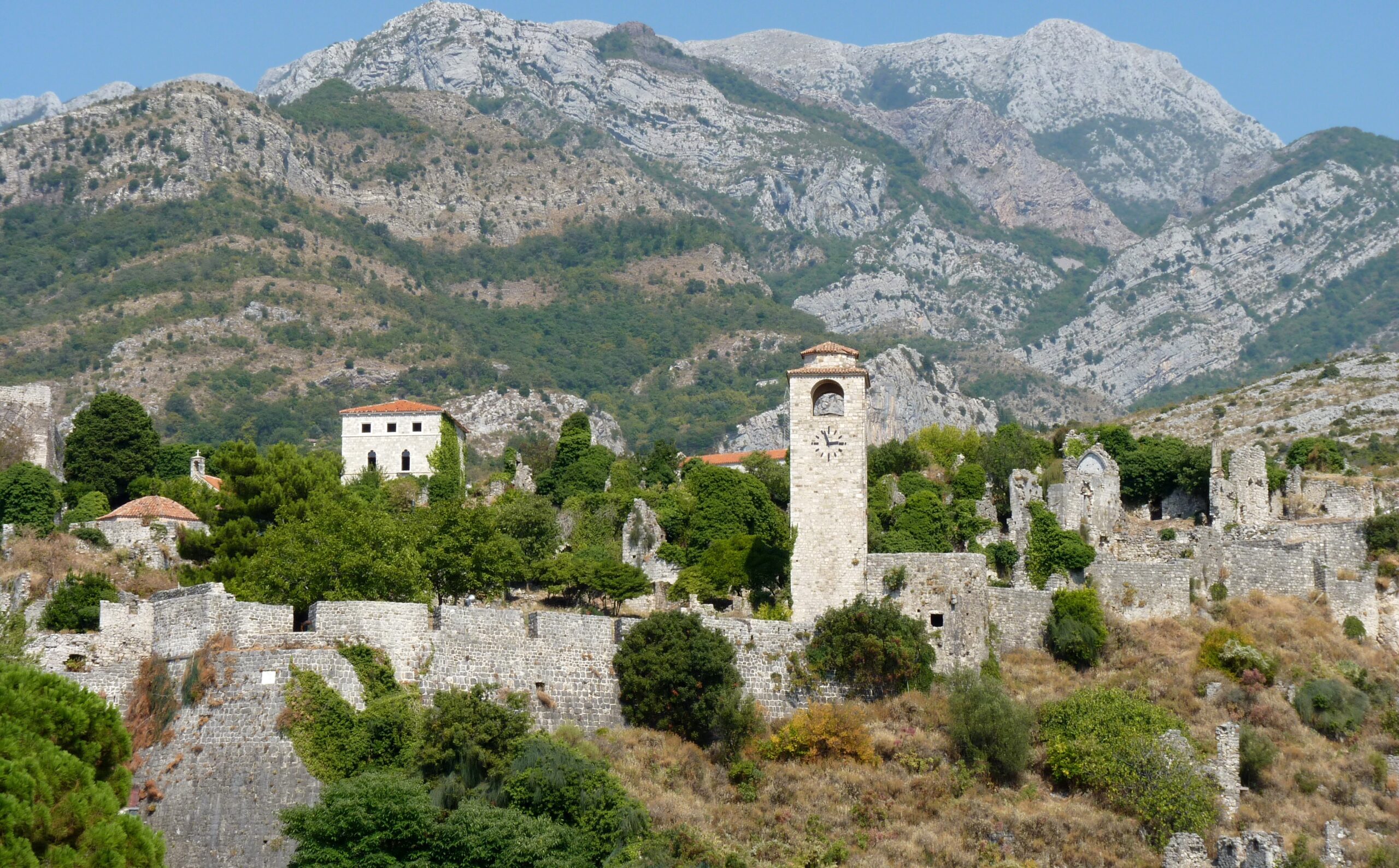Setubal is a very active port and a large trading centre dedicated to fishing, which brazenly does not try to hide its heritage and history. Setubal is a destination that divides tourists: some will adore it for its raw character and fascinating views, while others will disdain the raw industrial nature of the city.
A city of ancient origins, Setúbal is today a monumental center of Portugal, located in one of the poorest areas of the country, but which stands out for its modern districts, the tourist center and the important port, third after Lisbon and Porto. Today, as in the past, fishing is still practiced and the city has a fishing fleet that can also go off Newfoundland, Greenland and the archipelagos of the Atlantic, Madeira and the Azores. At the port of Setúbal, tons of fish arrive every day for local industries and inland towns. Setúbal is also equipped with large shipyards, which are still active.
For those who love hiking, the Setubal area offers tourists many places worth visiting such as the Palmela, which is 5 km away. It is a panoramic town at 248 meters above sea level, with an old Arab castle, an 18th century wall and the small church of Santa Maria do Castelo.
Of particular interest is also the Serra da Arrabida, today considered one of the most beautiful and well-known landscape areas of the Baixo Alentejo, made up of steep mountains that spill over the sea. Rich flora, in fact there are mastic trees, myrtles, laurels, dwarf palms, pines and cypresses in the southern flanks. Inside this reserve is the 14th century fortress of Outão.
The extreme point is Cabo Espichel, which is located overlooking the sea at 160 m, with a lighthouse of the eighteenth century and a monastic complex with church and monastery, buildings dating back to the seventeenth century. Unfortunately today this spectacular complex is in ruins.
